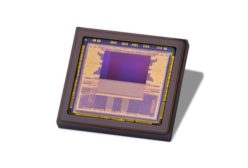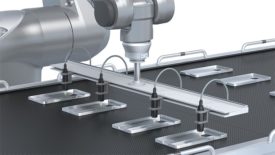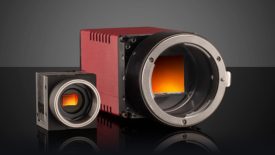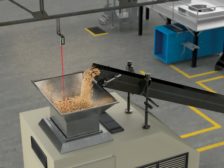Home » sensors
Articles Tagged with ''sensors''
Vision & Sensors | Sensors
Smart Color Sensor Technology
For color detection, color measurement and innovative automation tasks.
September 1, 2022
Vision & Sensors | System Integration
The Power Of Embedded GPU-Driven Smart Sensor Acceleration
There are four common reasons manufacturers would need to use a smart vision accelerator to enhance the inspection performance of their sensor.
July 6, 2022
Measurement
Submicron Displacement and Thickness Measurements with Confocal Sensors
Confocal chromatic measuring systems provide highly accurate distance, position, displacement and thickness measurements.
July 1, 2022
Test & Inspection
The Shrinking Pixel
What motivates smaller pixels? It's mainly cost, which is directly tied to image sensor size.
February 15, 2022
Vision & Sensors | Sensor Trends
Growing Sensor Sizes And Uncertainty In Pairing Lenses and Cameras
Lens and camera manufacturers need to collaborate to develop new mounting standards for the new, large sensor formats already on the market, as well as the ones that will be introduced.
January 1, 2022
Vision & Sensors | Optics
Advancements in Short Wave Infrared Sensors
Recent breakthroughs in sensor technologies have shown great promise in SWIR moving into the machine vision mainstream.
September 1, 2021
Vision & Sensors | Trends
Why is Manufacturing Flexibility Important?
The Need for This Flexibility is Likely to Continue Accelerating.
July 1, 2021
Vision & Sensors | Machine Vision 101
The Benefits of Smart Sensors & IO-Link
For many applications, good robot programming is an art.
May 5, 2021
Stay in the know with Quality’s comprehensive coverage of
the manufacturing and metrology industries.
eNewsletter | Website | eMagazine
JOIN TODAY!Copyright ©2025. All Rights Reserved BNP Media.
Design, CMS, Hosting & Web Development :: ePublishing








